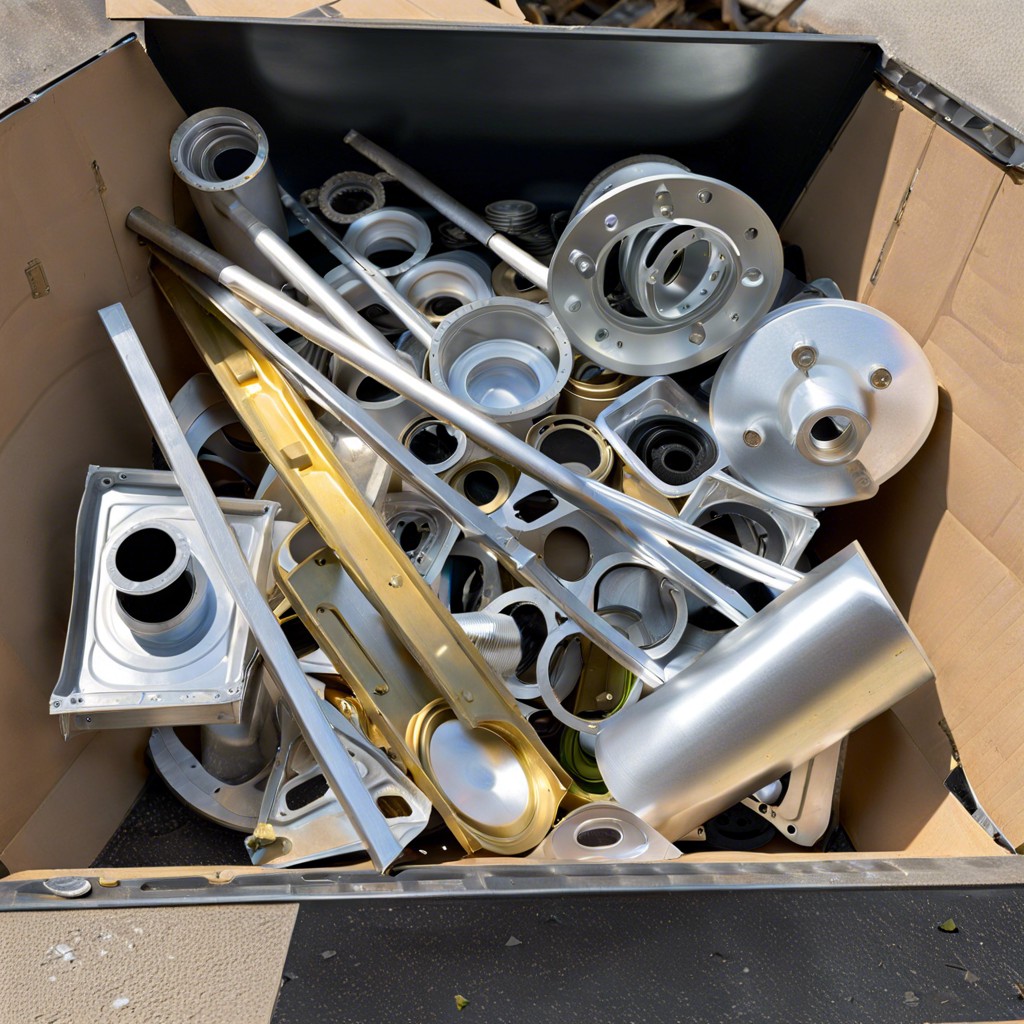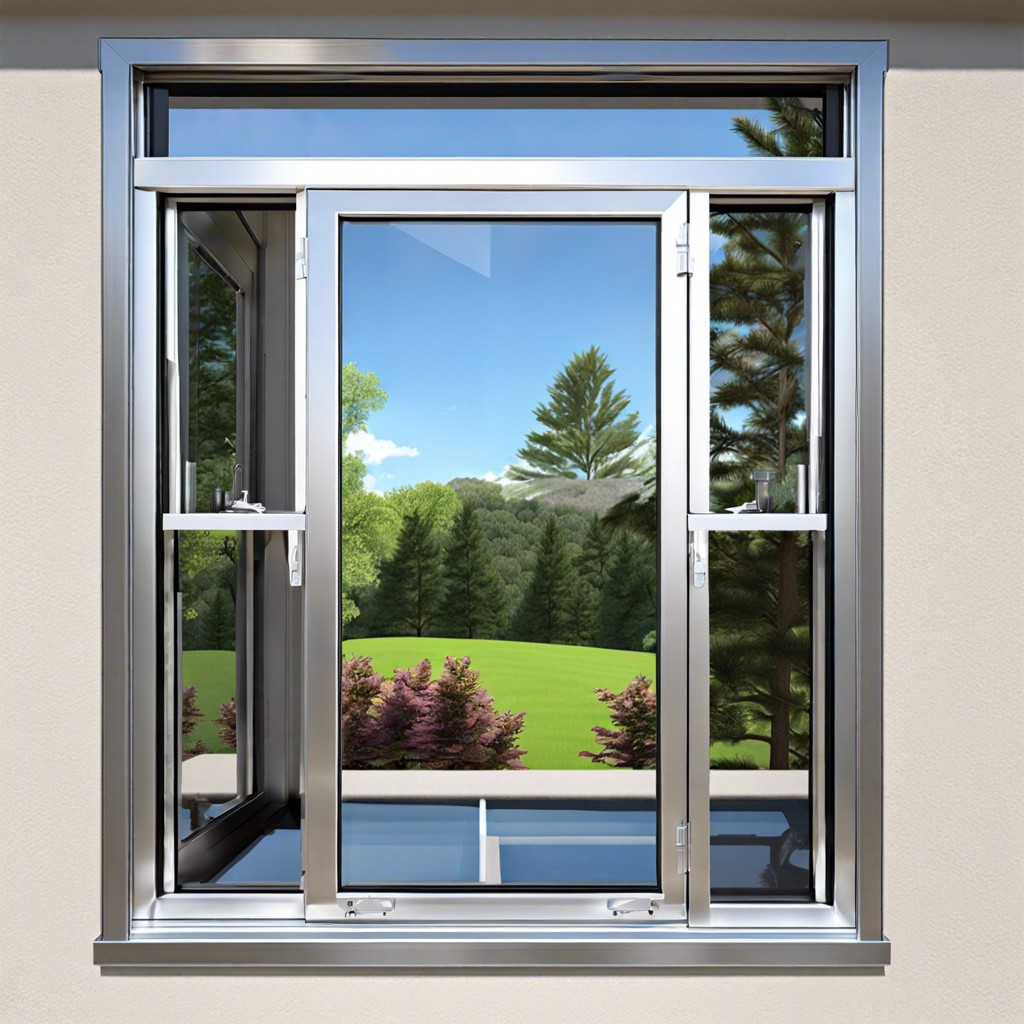Discover the recycling possibilities of window envelopes, ensuring an eco-friendly approach to handling your mail.
Have you ever wondered what happens to your window envelopes after you’ve used them? Are they recyclable or do they end up in landfills? As we become more conscious of our environmental impact, it’s important to know how we can reduce waste and recycle as much as possible. In this blog post, we’ll explore whether window envelopes are recyclable and provide some tips on how to properly dispose of them.
So let’s dive in and find out!
Key takeaways:
- Window envelopes come in different types: standard, double-window, self-sealing, and custom.
- Window envelopes are made from paper and plastic materials.
- The plastic used in window envelopes can be PET or PVC.
- Recycling window envelopes involves separating the paper and plastic portions.
- Check local recycling guidelines for specific instructions on recycling window envelopes.
Types of Window Envelopes
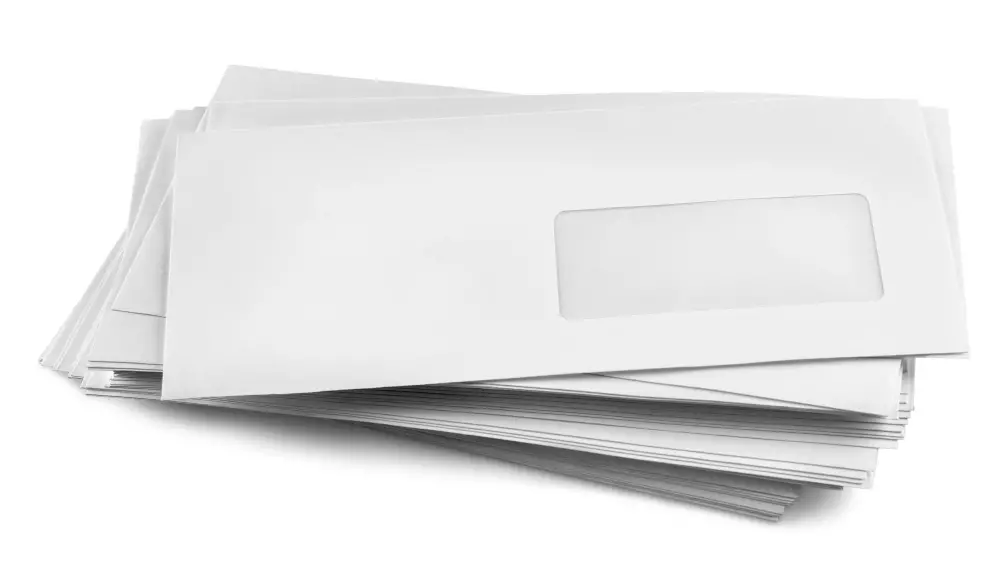
The most common type is the standard window envelope, which has a transparent plastic film that covers the address area. This type of envelope is commonly used for business correspondence and billing statements.
Another popular type of window envelope is the double-window envelope, which has two transparent plastic films that cover both the sender’s and recipient’s addresses. Double-window envelopes are ideal for mailing checks or other sensitive documents as they provide an added layer of security.
Self-sealing window envelopes are also available in various sizes to accommodate different document sizes. These types of envelopes have a self-adhesive strip on their flaps that seal automatically when pressed together.
Lastly, there are custom-made window envelopes designed to meet specific needs such as branding or marketing campaigns. These can be printed with logos or promotional messages to make them stand out from regular mailings.
Materials Used in Window Envelopes

They come in different sizes and shapes to accommodate various paper sizes. The most common materials used in window envelopes include paper and plastic.
Paper is the primary material for the envelope portion of a window envelope. It can be made from recycled or virgin pulp fibers that are processed into thin sheets of paper with varying thicknesses depending on their intended use.
The plastic portion of a window envelope is typically made from polyethylene terephthalate (PET) or high-density polyethylene (HDPE). These plastics are lightweight, durable, and transparent enough to allow easy viewing of the contents inside without opening the envelope.
While these materials make it possible to create functional window envelopes that serve their purpose well, they also have an impact on our environment when not disposed of properly.
Composition of Window Envelopes
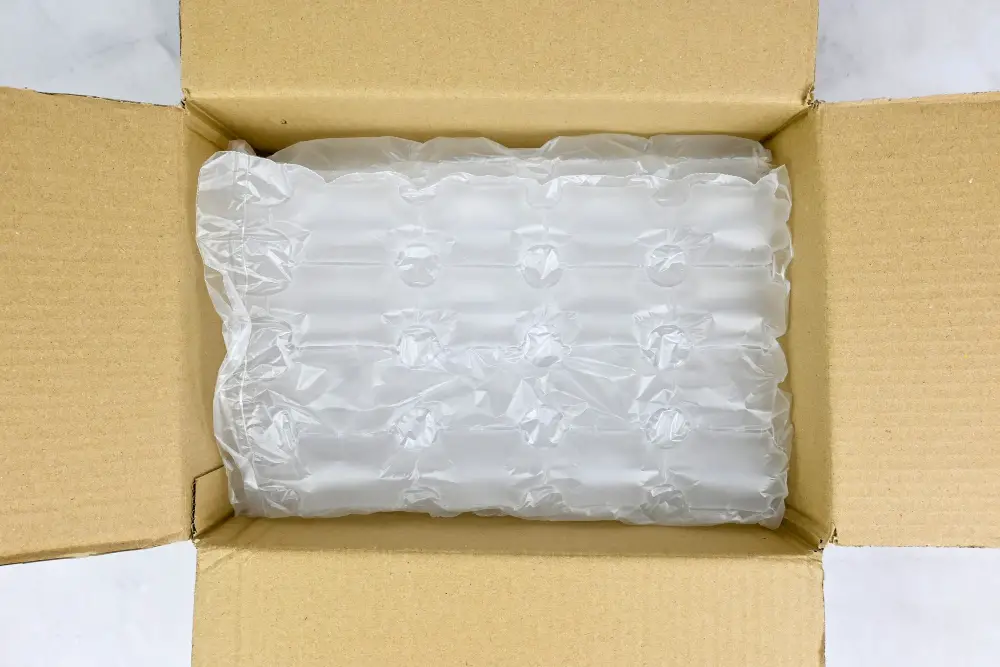
Typically, the envelope portion is made from paper or cardstock while the window portion is made from plastic. The plastic used for windows can be either polyvinyl chloride (PVC) or polyethylene terephthalate (PET).
PVC is a type of plastic that’s commonly used in construction materials and packaging due to its durability and flexibility. PET, on the other hand, is often used for food packaging because it’s lightweight and transparent.
It’s important to note that not all window envelopes are created equal when it comes to their environmental impact. Some manufacturers may use recycled materials or eco-friendly alternatives such as biodegradable plastics in their products.
As consumers become more environmentally conscious, there has been an increase in demand for sustainable options.
Understanding the composition of window envelopes can help us make informed decisions about how we handle them after use.
Environmental Impact of Window Envelopes
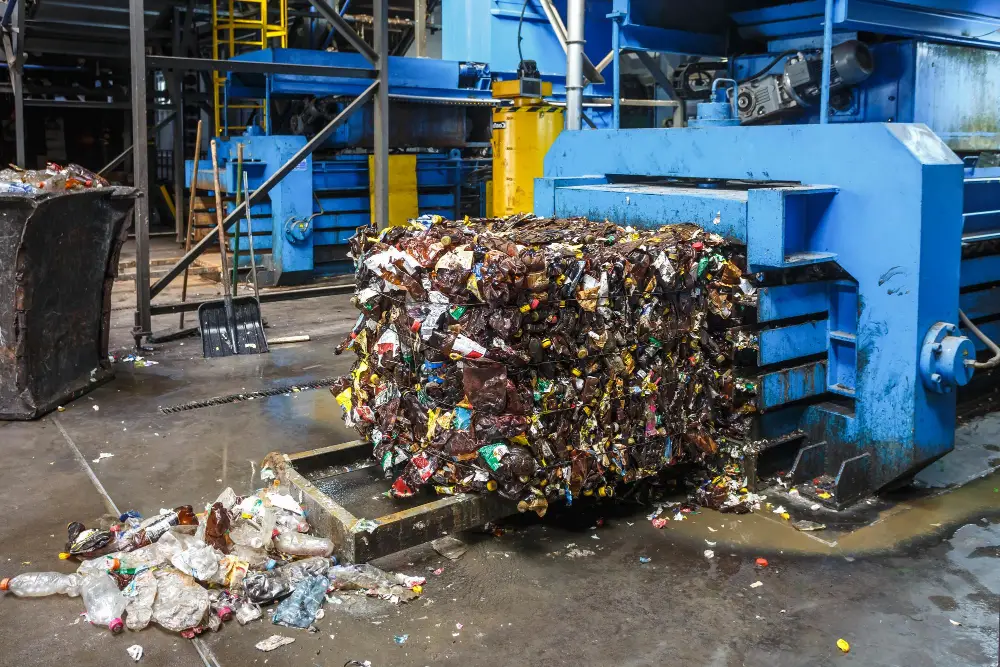
The majority of window envelopes are made from paper and plastic materials that can take years to decompose in landfills. The production process for these materials requires significant amounts of energy and resources.
The use of window envelopes also contributes to the issue of contamination in recycling facilities. When mixed with other types of paper or cardboard, the plastic windows can cause issues during processing and reduce the quality of recycled products.
It’s important to consider these factors when using window envelopes and make an effort to reduce waste whenever possible.
The Recycling Process
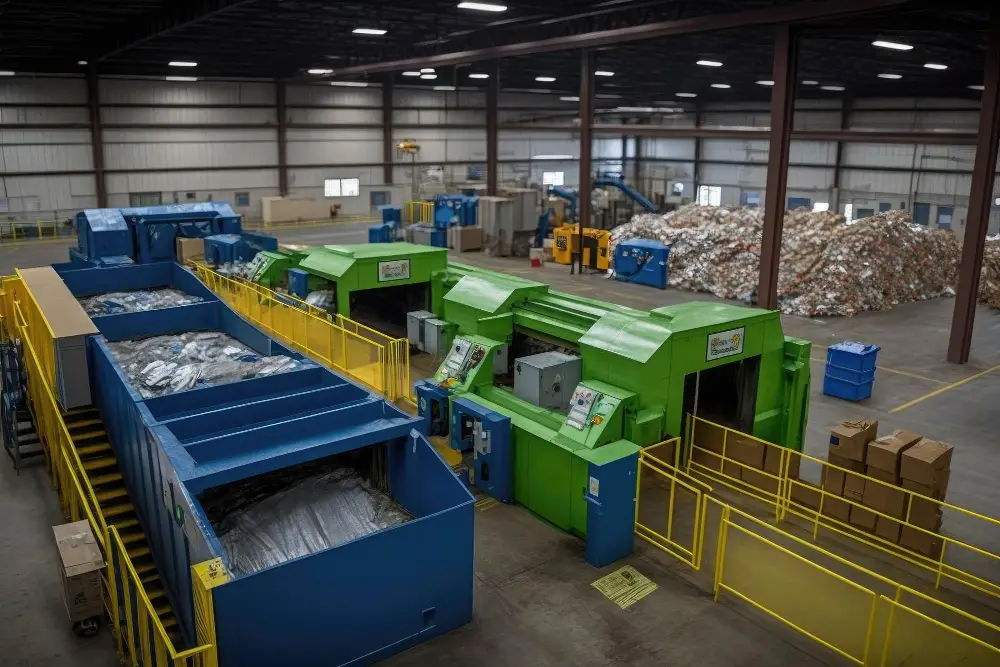
The first step in the process is collection, where used envelopes are gathered and sorted by material type. Next, the paper portion of the envelope is separated from any plastic or adhesive components.
Once separated, the paper portion can be processed through a pulping machine which breaks down fibers into a slurry-like substance called pulp. This pulp can then be used to create new recycled paper products such as tissue papers or cardboard boxes.
The plastic window portion of an envelope requires special handling due to its mixed-material composition. It’s typically made from polyethylene terephthalate (PET) which has high recyclability but must be collected separately from other plastics and sent through specialized recycling facilities.
While there are some challenges associated with recycling window envelopes due to their mixed-material composition; it’s still possible with proper sorting and processing techniques in place.
Recycling Window Envelopes: Guidelines
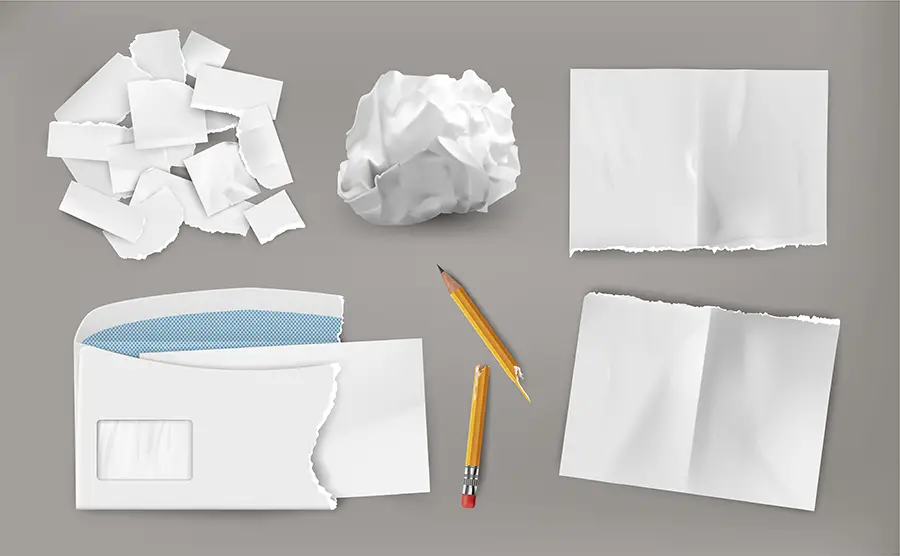
First and foremost, it’s important to separate the paper portion of the envelope from the plastic window. This can be done by tearing off or cutting out the plastic portion before placing both materials in their respective recycling bins.
It’s also essential to check with your local waste management facility or recycling program for specific instructions on how they prefer these items be recycled. Some programs may require that you remove any adhesive labels or tape from envelopes before placing them in a bin.
Another factor that affects recyclability is contamination – if an envelope has been soiled with food residue, grease stains, or other substances not compatible with paper products’ processing methods; then it cannot be recycled and must go into regular trash disposal instead.
Separation of Window and Envelope Material
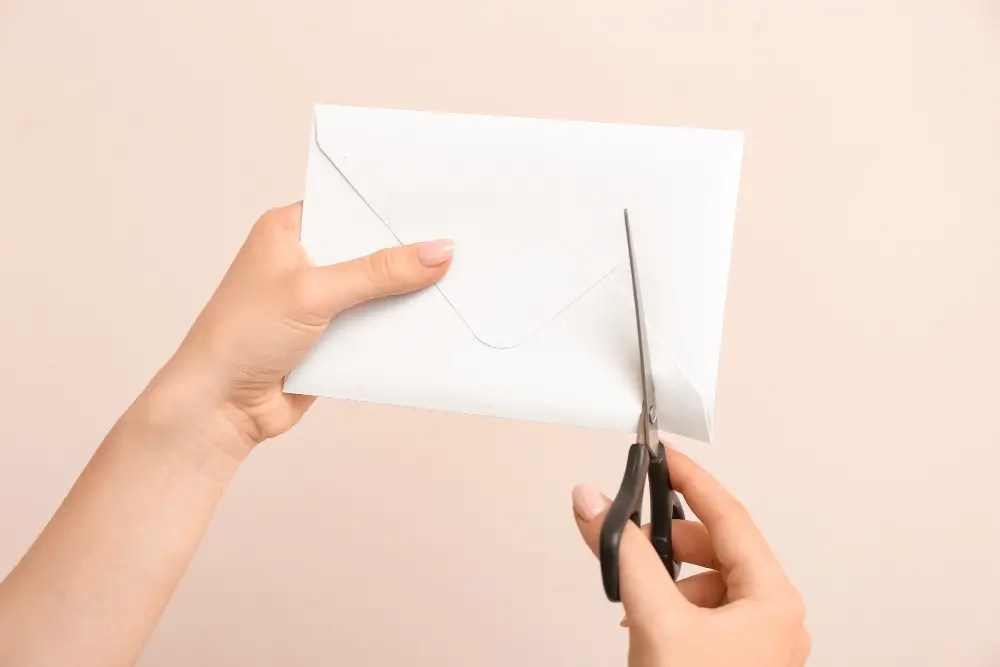
This is because these two materials have different properties and require different recycling processes.
To separate them, you can either cut out or tear off the plastic portion before placing it in your recycling bin. Alternatively, some local authorities may accept whole envelopes with windows intact as long as they are properly sorted at a later stage.
It’s worth noting that not all types of plastic used for windows are recyclable. Some plastics such as PVC (polyvinyl chloride) cannot be recycled and should be avoided if possible when choosing eco-friendly envelopes.
Recycling Paper Portion
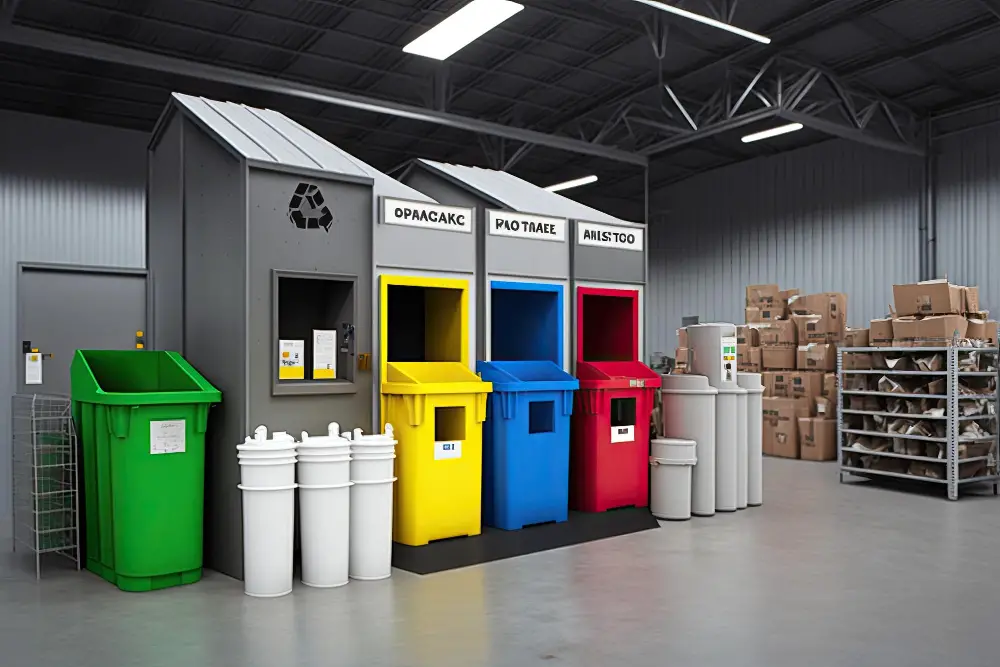
This type of paper can be recycled in most curbside recycling programs and at recycling centers. However, it’s important to note that not all types of paper are created equal when it comes to recyclability.
To ensure that your window envelope is properly recycled, make sure the envelope doesn’t have any plastic or metallic coatings on the inside or outside. These coatings can prevent the fibers from being separated during the pulping process and reduce its value as a recyclable material.
Remove any non-paper materials such as staples before placing them in your recycling bin. Staples can damage equipment used for processing recycled materials and should be removed whenever possible.
Recycling Plastic Window Portion
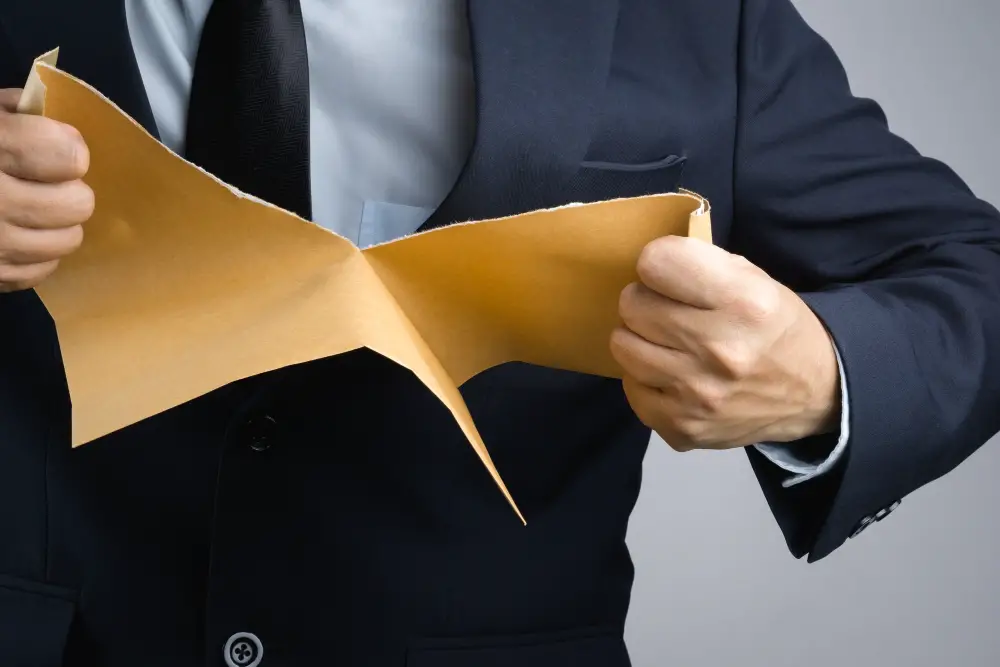
These materials are recyclable, but they require special handling to ensure that they don’t contaminate other recycling streams.
To recycle the plastic window portion of your envelopes, you’ll need to separate it from the paper part. This can be done by tearing off the corner with the address and any other identifying information.
Once separated, you can place both parts in their respective recycling bins.
It’s important to note that not all recycling programs accept PET or HDPE plastics, so check with your local program before attempting to recycle them. Some communities have drop-off locations specifically for these types of plastics.
Addressing Mixed Materials
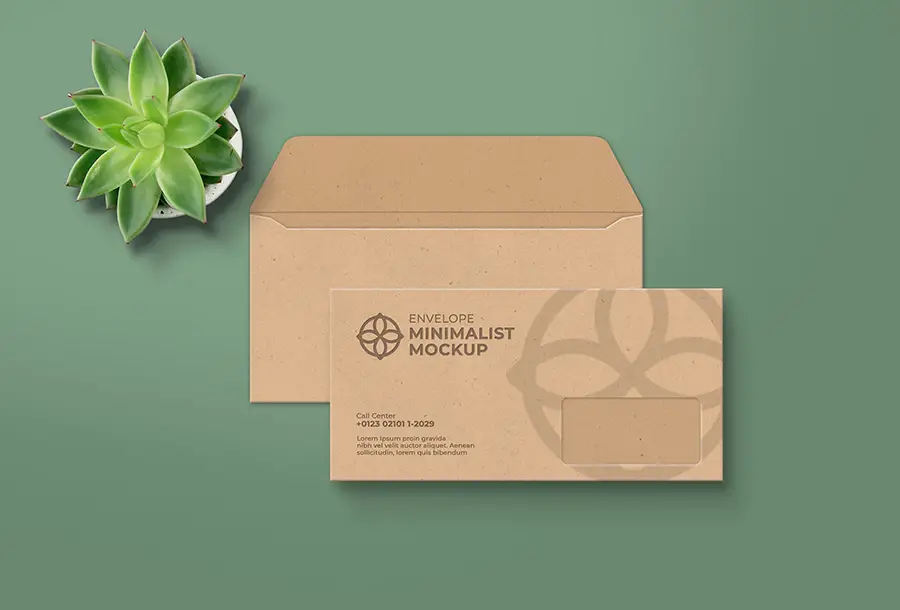
The paper portion can be easily recycled, but the plastic window presents a problem. Some recycling facilities may not accept mixed materials, while others require them to be separated before processing.
To address this issue, some companies have started producing eco-friendly envelopes that use biodegradable or compostable windows instead of plastic ones. These types of envelopes make it easier for consumers to recycle without having to worry about separating different materials.
Another option is to remove the plastic windows from traditional window envelopes before recycling them. This can be done by carefully cutting around the edges and removing as much of the adhesive as possible.
While this method requires more effort than simply tossing an envelope into a bin, it ensures that both portions are properly disposed or recycled.
Factors That Affect Recyclability
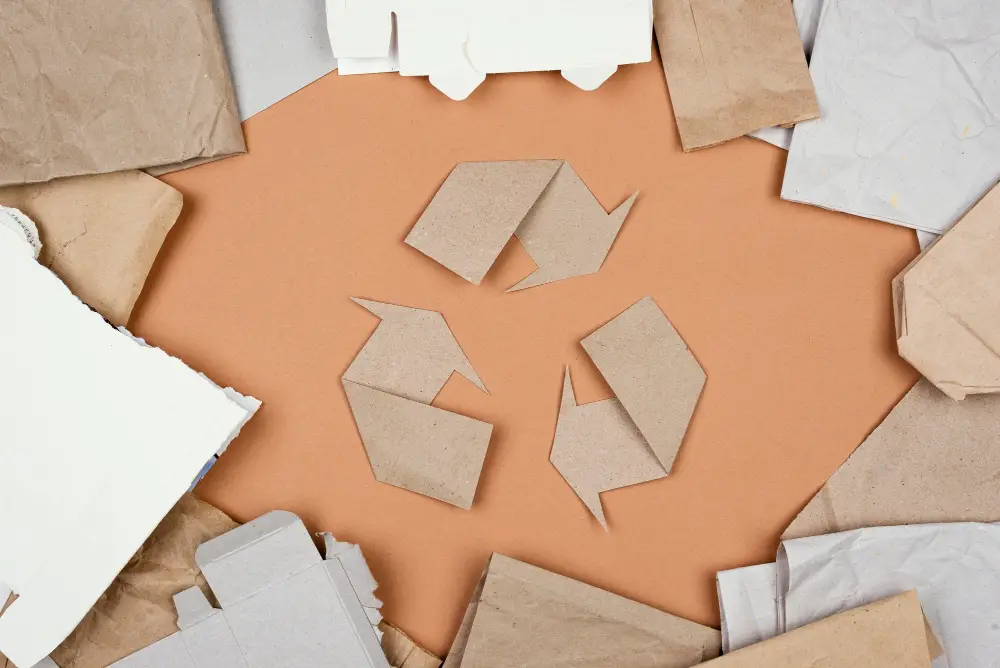
One of the main factors is the type of adhesive used to attach the plastic window to the envelope. Some adhesives may not break down during recycling and can contaminate other materials in a batch, making them unsuitable for recycling.
Another factor is whether or not there are any additional coatings or treatments on either side of the paper portion of the envelope. These coatings can make it difficult for fibers in paper products to separate during recycling, reducing their quality and value as a recycled material.
If an envelope has been soiled with food residue or other contaminants such as tape or stickers, it may also be rejected by recyclers due to contamination concerns.
It’s important when choosing window envelopes that you opt for those made from easily recyclable materials with minimal additives and adhesives.
Benefits of Recycling Window Envelopes
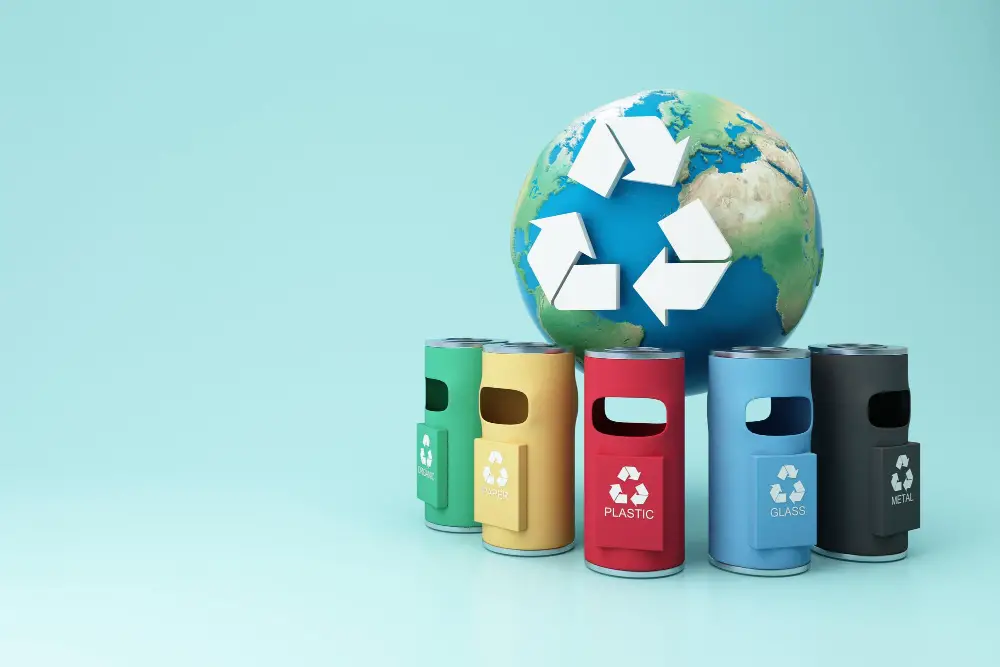
By recycling, we can reduce waste in landfills, conserve natural resources such as trees and water, and decrease greenhouse gas emissions. Recycling also saves energy by reducing the need to manufacture new materials from scratch.
In addition to environmental benefits, recycling window envelopes can also have financial advantages. Many municipalities offer curbside or drop-off recycling programs that are free of charge or at a low cost.
Some communities even incentivize residents with rewards for participating in their local recycling program.
Common Recycling Myths
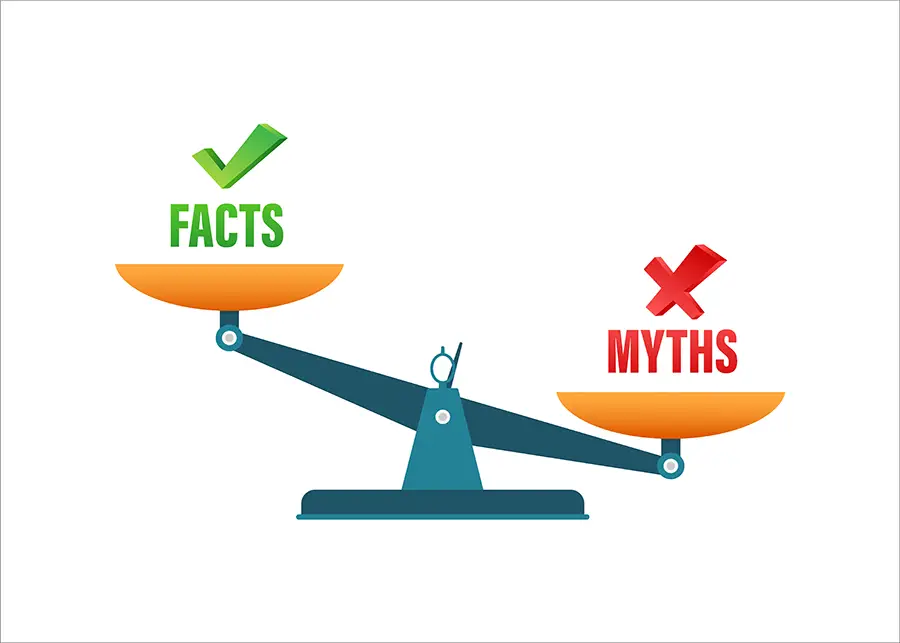
Let’s debunk some common myths related to window envelopes and recycling in general.
Myth #1: All plastics can be recycled Not all plastics are created equal, and not all types of plastic can be recycled. The plastic used for window envelopes is typically made from polyethylene terephthalate (PET), which is recyclable but requires a different process than other types of plastic.
Myth #2: Recycling uses more energy than it saves While it’s true that recycling requires energy to collect, transport, and process materials, it still saves more energy compared to producing new products from raw materials. Recycling also reduces greenhouse gas emissions by diverting waste from landfills where they would release methane gas as they decompose.
Myth #3: It doesn’t matter if I don’t recycle because others will do it for me Recycling works best when everyone participates in the effort. Every individual action counts towards reducing waste and conserving resources.
By doing your part in properly disposing of your window envelopes through recycling or reusing them at home or office you contribute positively towards creating a sustainable environment for future generations.
Choosing Eco-Friendly Envelopes

First and foremost, look for envelopes made from recycled materials. These can be easily identified by the recycling symbol on the packaging or by checking with the manufacturer’s website.
Another option is to choose envelopes made from sustainable materials such as bamboo or hemp. These materials require less water and pesticides than traditional paper products, making them a more environmentally friendly choice.
You may also want to consider using reusable envelopes that can be used multiple times before being recycled. This not only reduces waste but also saves money in the long run.
Lastly, try opting out of receiving unnecessary mail altogether through services like DMAchoice.org or CatalogChoice.org which allow you to remove your name from mailing lists for unwanted catalogs and advertisements.
Reducing Junk Mail
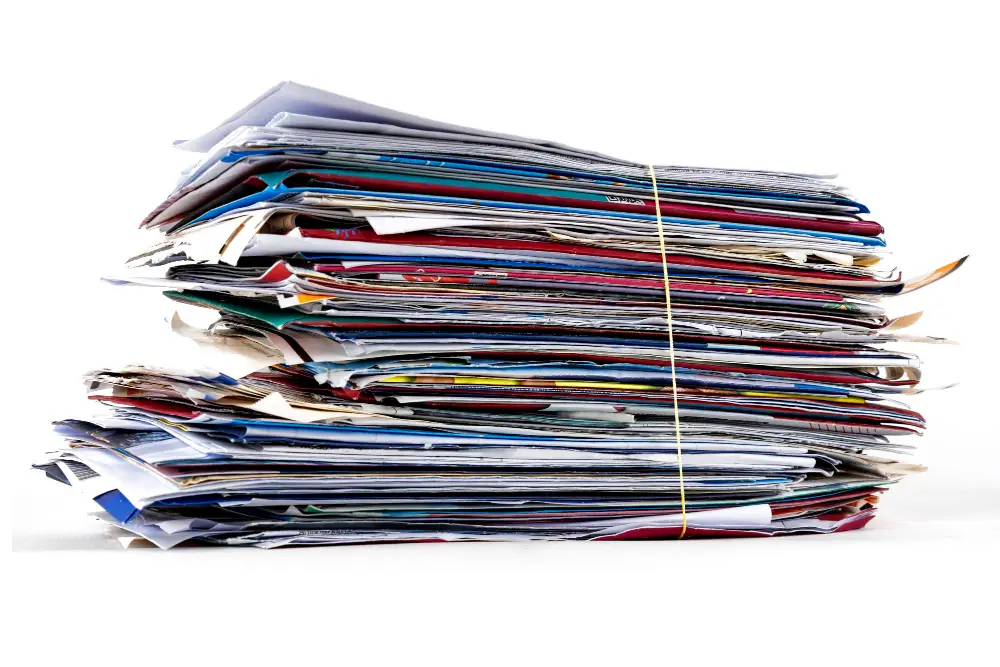
Many companies send unsolicited advertisements and promotions, which can quickly pile up in your mailbox. To minimize this waste, consider signing up for a service that will remove you from mailing lists or contacting individual companies directly to request removal.
Another option is to switch to electronic billing and communication whenever possible. This not only reduces paper waste but also eliminates the need for envelopes altogether.
Reusing Window Envelopes
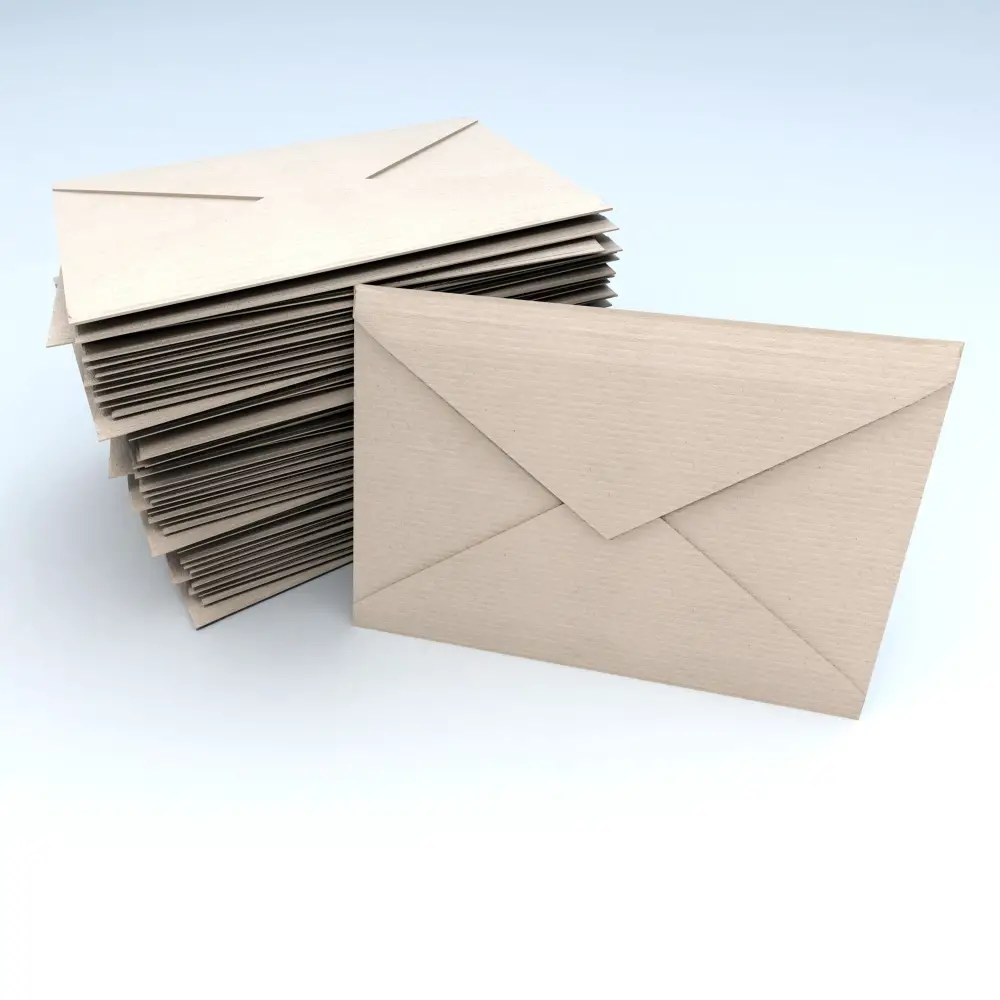
If you receive mail in a window envelope, don’t throw it away after opening it. Instead, carefully remove the contents and use the envelope again for your own mailing needs.
You can cover up the old address with a label or marker and write your new address on top of it. This not only saves paper but also reduces energy consumption that would have been used to produce new envelopes.
However, keep in mind that some companies may not accept reused envelopes due to security concerns or branding purposes. In such cases, make sure you check their policies before sending out any mail using reused envelopes.
General Recycling Tips for Window Envelopes

First and foremost, make sure to remove any plastic windows from the envelope before recycling. This is important because the plastic material cannot be recycled with paper products and can contaminate other recyclables.
Another tip is to avoid using tape or stickers on your envelopes as these materials can also interfere with the recycling process. Instead, opt for reusable adhesive labels or write directly on the envelope itself.
It’s also important to keep in mind that not all municipalities accept window envelopes for curbside pickup. Check with your local waste management facility or visit their website for specific guidelines on what materials they accept.
Recycling Programs and Initiatives
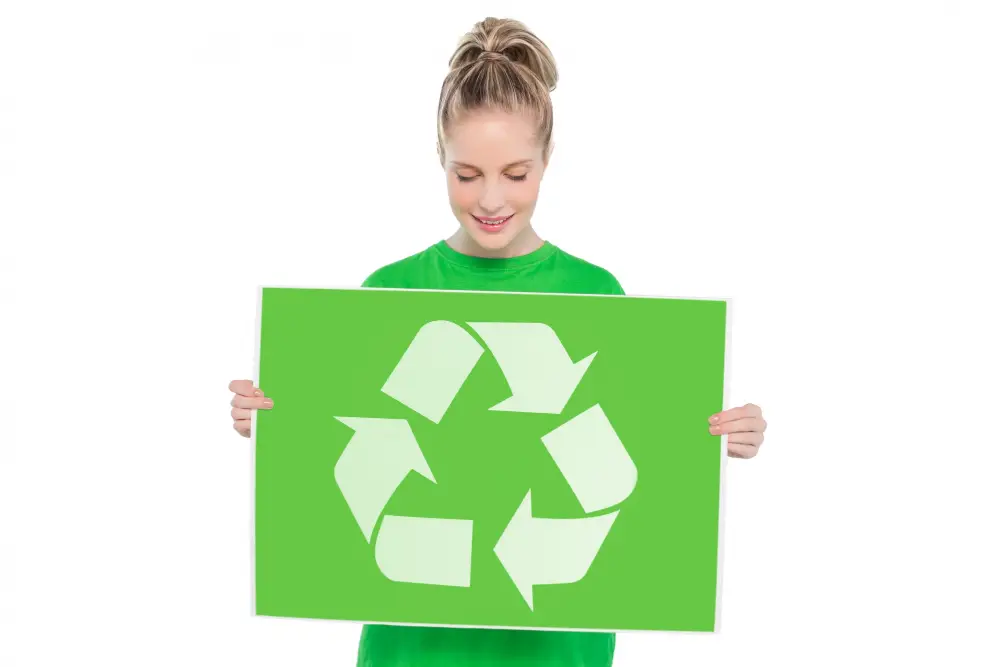
Many cities and towns offer curbside recycling programs that accept paper products, including window envelopes. Some areas also have drop-off locations for recyclable materials, such as community centers or recycling facilities.
In addition to local government efforts, many companies are taking steps towards sustainability by implementing their own recycling initiatives. For example, some office supply stores offer free in-store recycling for paper products and other materials like ink cartridges.
It’s important to research your area’s specific guidelines on what can be recycled before disposing of any items in a bin or at a drop-off location.
FAQ
Can you put windowed envelopes in recycling?
Yes, you can put windowed envelopes in recycling as most paper recycling facilities can filter out the plastic windows during the pulping process.
How do you dispose of window envelopes?
To dispose of window envelopes, simply place the entire envelope into your household paper recycling, as modern recycling machinery can efficiently handle the plastic windows and adhesives.
What are envelope windows made of?
Envelope windows are made of plastic, typically film or BOPS (Bi-oriented polystyrene films), allowing the recipient’s address to be visible on the paper inside.
Are USPS mailing envelopes recyclable?
Yes, USPS mailing envelopes are fully recyclable as their adhesives are biodegradable and the boxes and envelopes can be placed directly in the recycling bin.
What is the environmental impact of using window envelopes compared to traditional envelopes?
Environmental impact of using window envelopes compared to traditional envelopes: Window envelopes can reduce paper waste and carbon emissions, as they eliminate the need for separate address labels.
Are there any eco-friendly alternatives to traditional windowed envelopes?
Yes, eco-friendly alternatives to traditional windowed envelopes include those made from recycled materials and biodegradable windows.
What are the best practices for recycling mixed materials like window envelopes in various recycling programs?
The best practices for recycling mixed materials like window envelopes involve removing the plastic window before recycling the paper envelope in various recycling programs.
Recap

